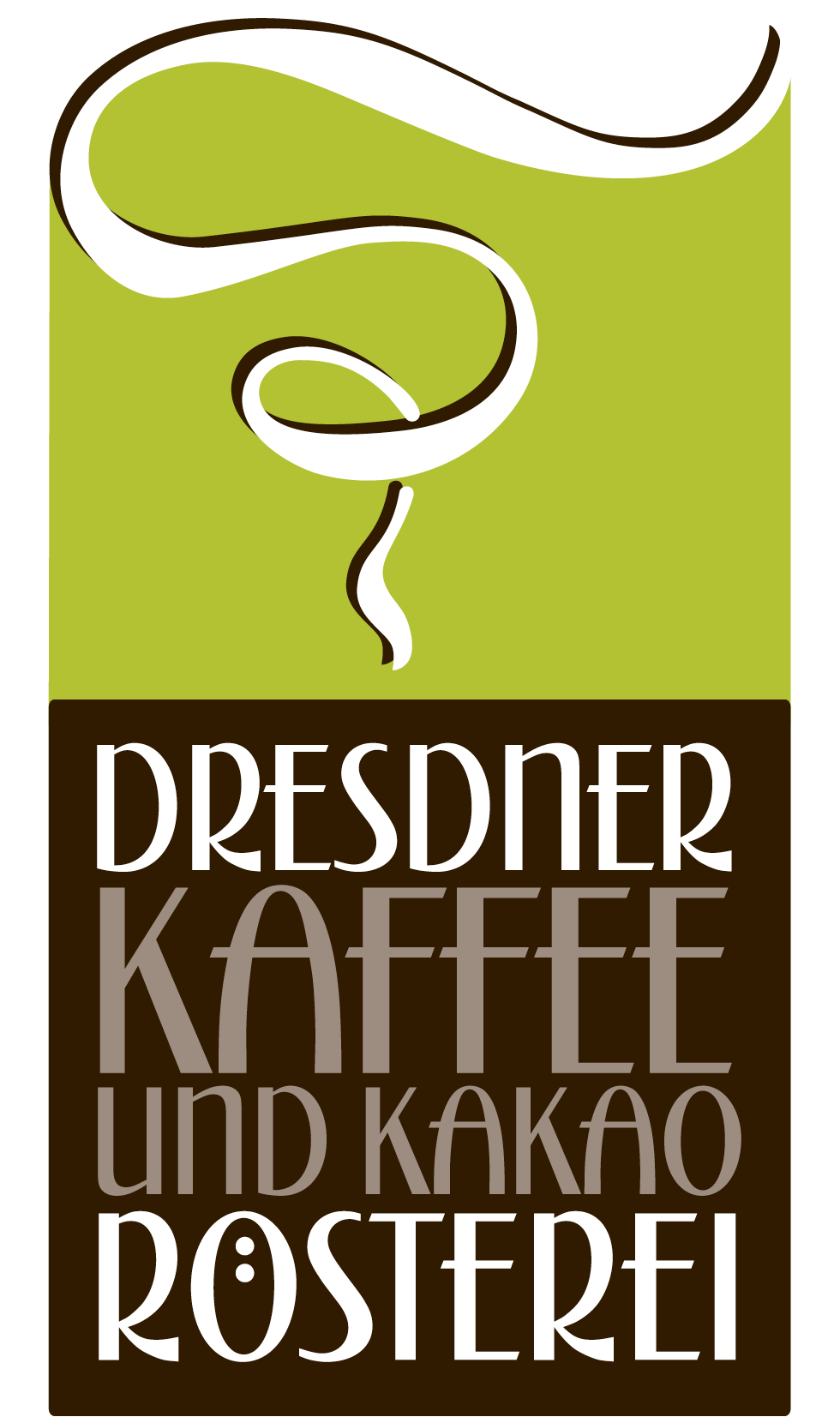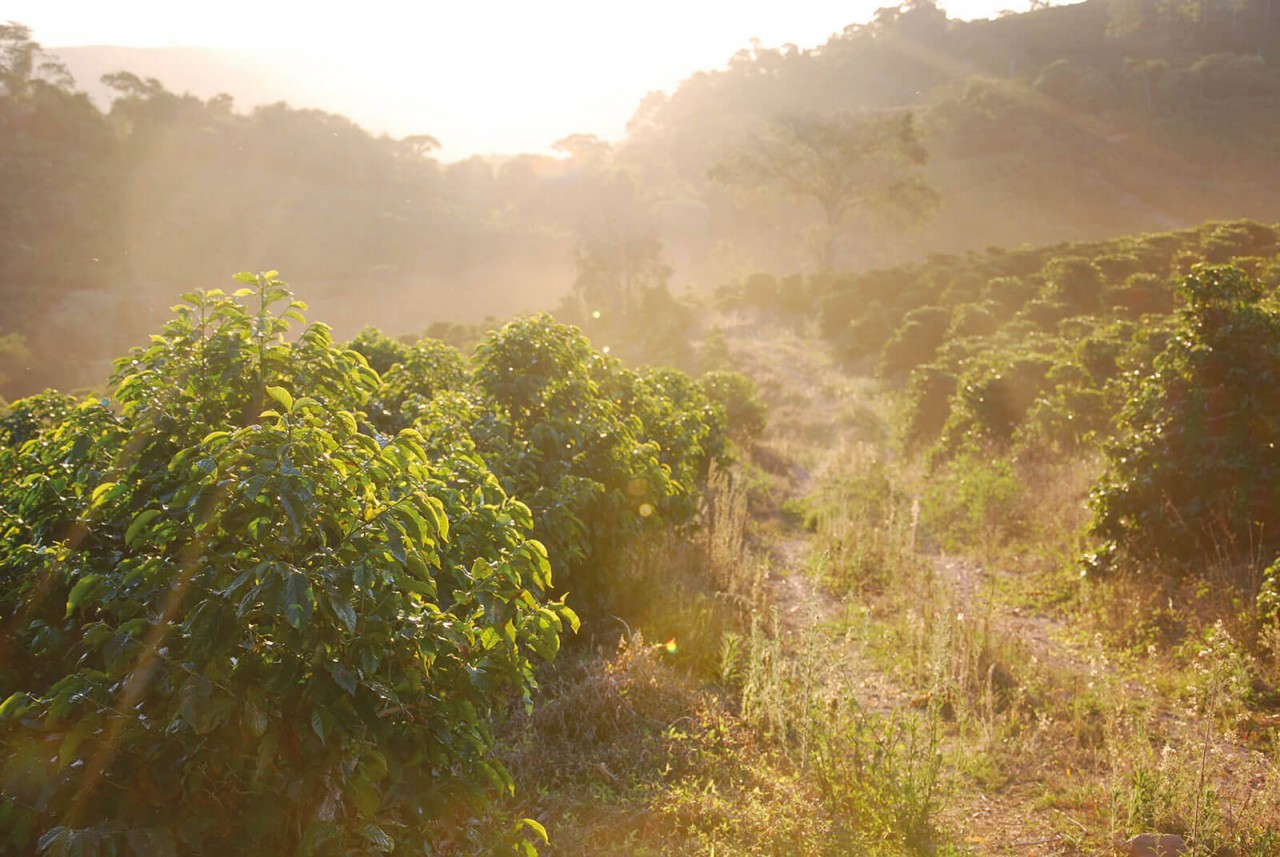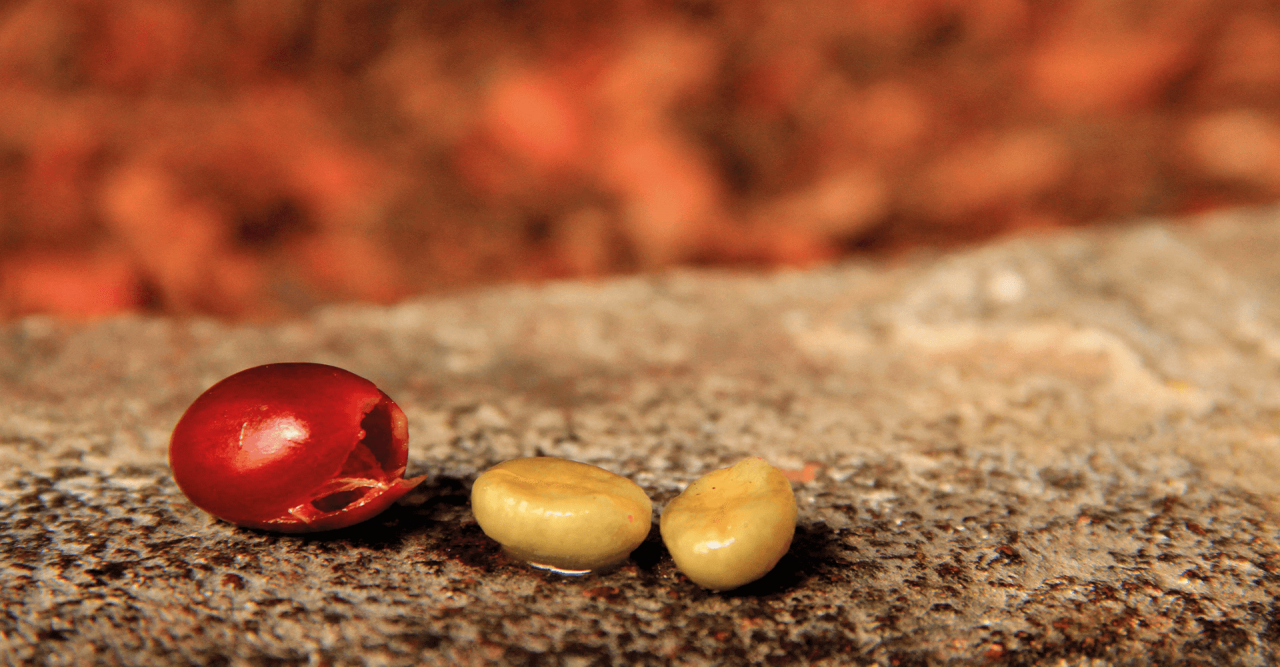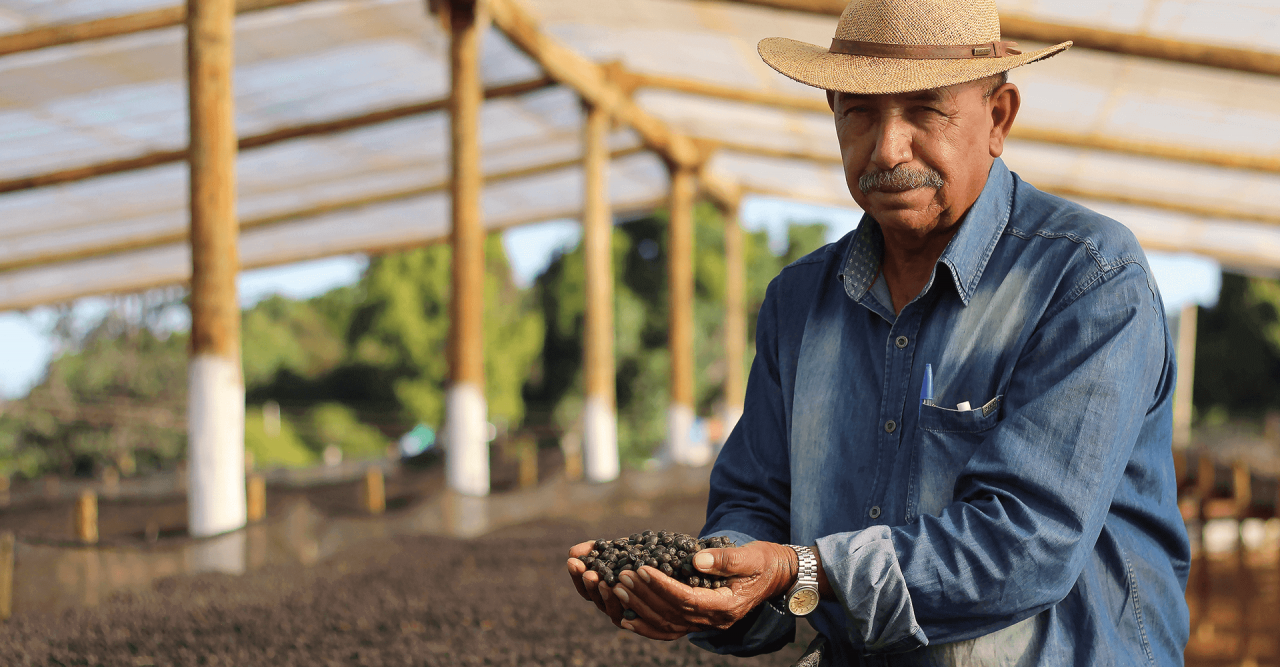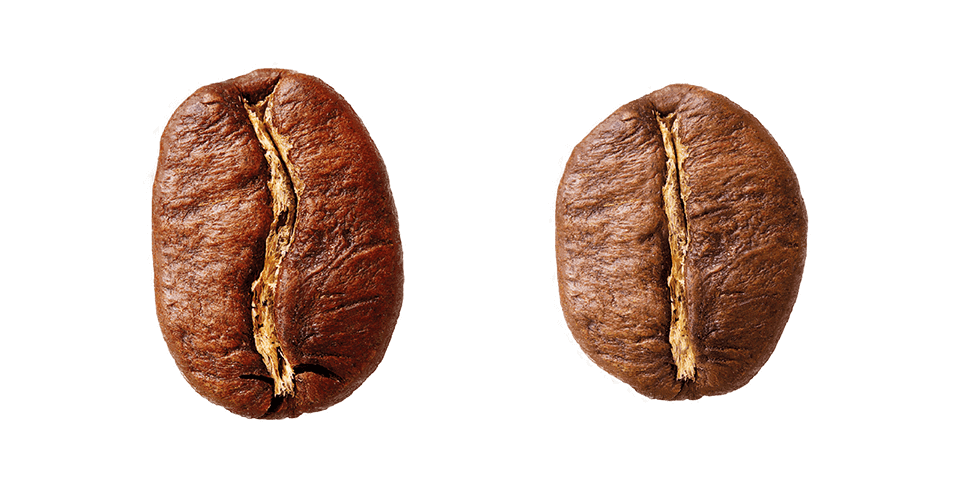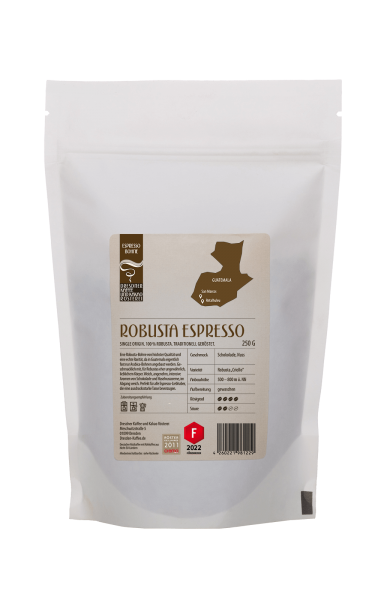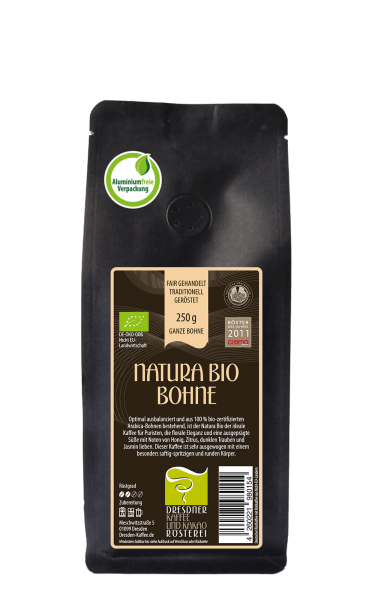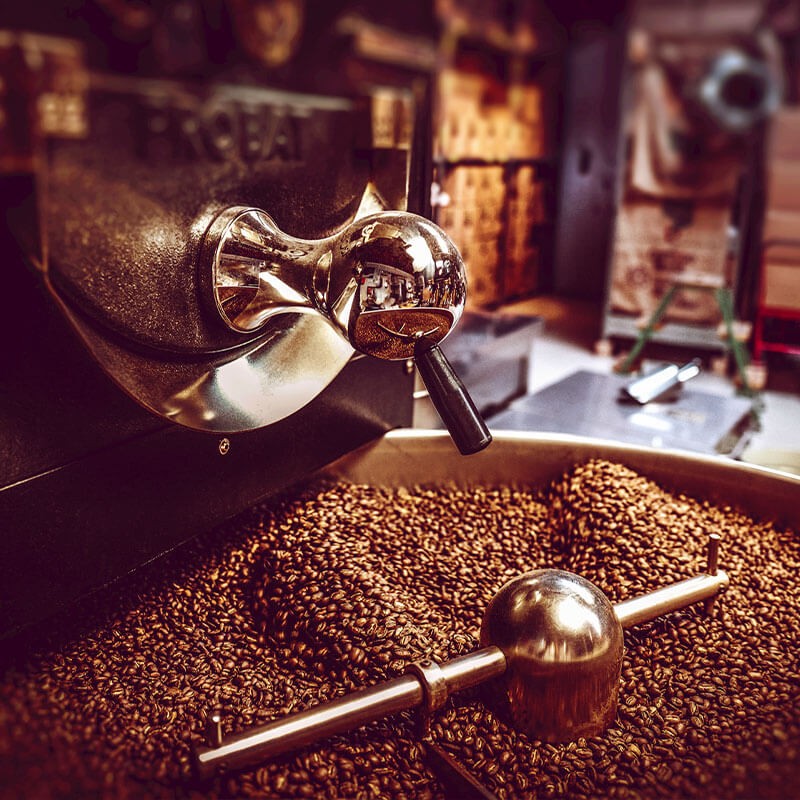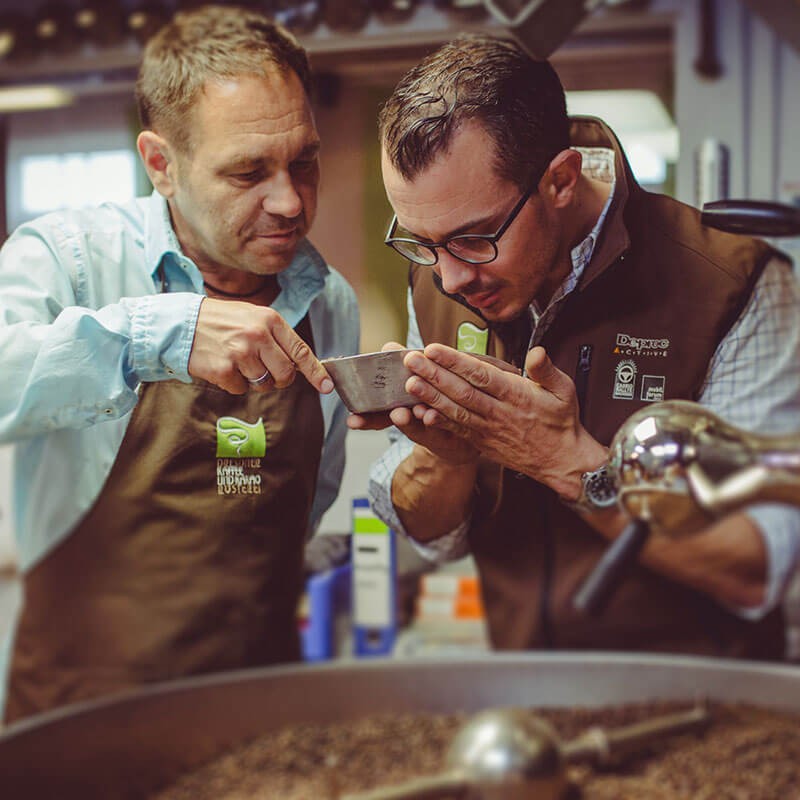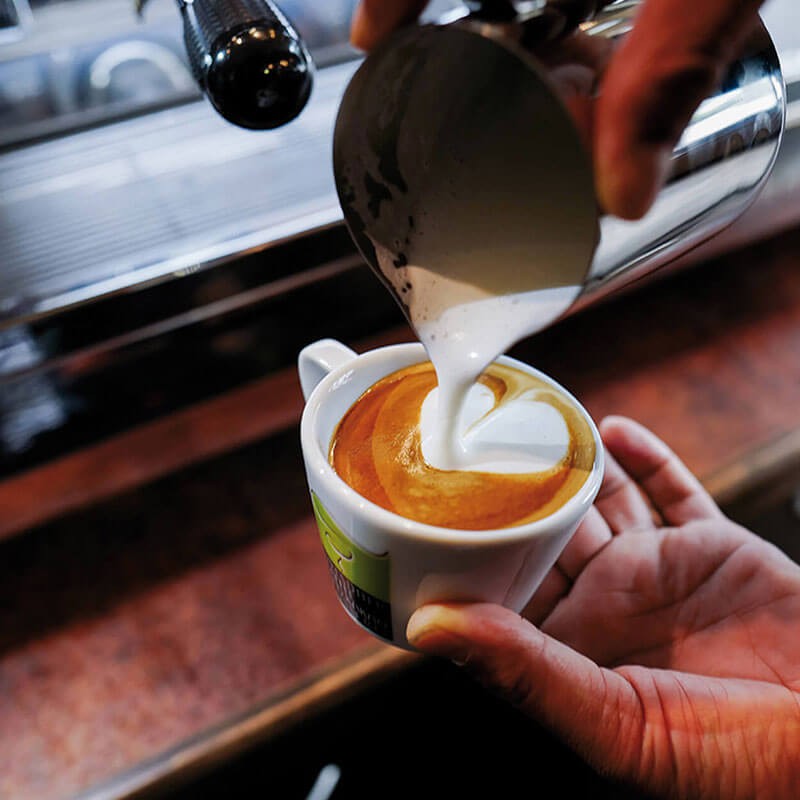The story of coffee
The discovery of coffee - or the story of the jumping goats.
According to legend, an Ethiopian shepherd named Kaldi observed his goats suddenly jumping strangely back and forth after eating the red fruit of a tree. Kaldi wondered what was behind this and took the fruit to a wise man. Disappointed by the bitter taste of the fruits, the old man threw them into the fire, where they roasted in the heat and developed a delicious smell. Kaldi and the sage boiled the beans with water and drank the first coffee in human history. Over time, the new delicacy spread and became the "wine of Islam." Since Muslims do not drink alcohol, coffee became a welcome change from tea for many. It was during this time that the current name "coffee" was created, which comes from the Arabic word "Qahwah," which translates as "the stimulating." In the 15th century, coffee found its way from Arabia via Mecca and Medina to the Egyptian metropolis of Cairo. At the beginning of the 17th century, Venetian merchants brought it to Europe for the first time.
Cultivation, harvesting and processing
The coffee plant: aromatic masterpiece of nature.
The coffee plant bears the botanical name Coffea. It is one of more than 600 genera in the Rubiaceae plant family. As a tree, it can grow up to five meters high, but in plantation cultivation it is regularly pruned, so that it is mostly seen as a shrub. The evergreen leaves are on long branches, have a leathery texture, and are shiny dark green on top while the underside shimmers light green. Fragrant white flowers emerge at the base of the leaves, but are only capable of pollination for a short time and fall off after a few days. The flowers give rise to the so-called coffee cherries, the fruits of the coffee plant. They take at least seven months to ripen, changing color from green to yellow to a bright red. The main interest of coffee cultivation is the beans, of which each cherry usually has two. As seeds of the coffee plant, they are particularly well protected. On the outside is the thick bitter skin of the coffee cherry. Underneath is the pleasantly sweet-tasting pulp, which is similar in size and consistency to a grape. The seeds are also surrounded by the mucilaginous pectin layer, the parchment layer and a silver membrane. These casings not only provide protection, but also contribute to each coffee bean's own characteristic flavor.
Cultivation: the art of recognizing the ripe cherries.
Coffee growers choose from a large number of varieties, some of which are the result of natural mutations and others of breeding. They must always keep the "terroir" in mind, which refers to the totality of geographic and climatic factors. The spectrum of plantations ranges from large plantations for the mass market to small plots with specialty coffees, so-called microlots. A decisive factor for the quality of a coffee is the correct harvesting process. Since a plant often bears blossoms, unripe and ripe fruit at the same time, experienced pickers are needed. With a trained eye and a sure hand for ripe cherries. If all the fruit were picked by hand or by machine at once and not sorted later in a laborious manner, this could impair the quality of the coffee. According to many connoisseurs, coffee quality is highest at harvest. Each subsequent processing step is about maintaining this original standard, not improving it.
The preparation: careful handling of the noble raw material.
At the next station of the "coffee journey," the beans are removed from the coffee cherry. It is important to identify any defects, such as insect damage, and to sort out any affected beans. In addition, the moisture content of the bean must be reduced from 60 percent to ten to twelve percent. Further processing takes place either directly at the producer's premises or in specialized large-scale plants. The two most common methods are wet and dry processing. Mixed forms of these two processes are also possible. In wet processing, the cherries are first placed in a water tank. Ripe fruit sink to the bottom, unripe fruit float on the surface and are sorted out. A so-called de-pulper then loosens the skin and the pulp, which adheres firmly to the seed. Residual pulp is removed by fermentation. The beans are then washed and dried either in the sun or by machine. In dry processing, the cherries are sorted by hand or also by immersion as in wet processing. The cherries are then spread out in thin layers in the sun. They must be turned regularly to avoid fermentation or rotting. Once the cherries are dry, the skin and pulp are mechanically removed from the beans. After processing, the beans, now mostly green, are stored for further ripening for 30 to 60 days. During this time, they are still surrounded by the protective parchment layer. Before sale, this layer is removed in a dry mill; this process is called hulling. After hulling, the beans are sorted by size, color and density in a "grading" process. Last but not least, the beans are filled into bags and prepared for transport.
Arabica or Robusta?
Why or? More than 120 species of the coffee plant are known today. But only two species and their numerous varieties are important for international coffee production. The Arabica varieties are produced from the "Coffea arabica". They grow primarily at higher altitudes above 800 meters above sea level and account for nearly 70 percent of world production. The species "Coffea canephora" produces Robusta varieties. As the name suggests, these coffee plants are much hardier: they can also grow in lowland areas, tolerate higher temperatures and are less susceptible to disease. Arabica varieties are in most cases softer, more aromatic and less bitter than the earthy Robusta. In return, Robustas often convince with the better "body", i.e. the taste impression that the finished coffee drink makes in the mouth.
For those who can't decide between the two main types, we have the perfect solution: simply try one of our many delicious blends. In the "blends", different varieties and also species are combined to create a novel combination. There are no limits to the creativity of our roasting team.
Artisanal coffee roasting:
How a first-class bean becomes first-class coffee.
A green coffee bean tastes nothing like the finished coffee from the cup. However, it can preserve flavors and ingredients very well. For this reason, coffee is almost always roasted in the country where it is ultimately sold. We at Dresdner Kaffee und Kakao Rösterei do it no differently. We, too, refine the precious qualities of a bean in the place where we sell it, namely here in Dresden. Our team specializes in eliciting an incredible variety of aromatic and flavorful secrets from green coffee through skilled and experienced artisan drum roasting. The interplay of technical knowledge and the sure instinct of our roasting masters results in coffees with a unique character. When selecting the right coffee, we advise our customers individually. Because taste preferences and the appropriate preparation method for optimal coffee enjoyment can best be "filtered out" in the truest sense of the word through a personal conversation.
The change in shape: crunch points for the aroma.
The raw bean is very compact inside and has a smooth surface. In the roasting process, it takes on a new shape, as mass and density change significantly. Water, other ingredients and thus weight are lost. At the same time, the bean becomes holey and bursts open due to gas formation, thus also roughly doubling its girth. The internal structure of green coffee is compact and contains both water and volatile substances. The green bean weighs the most, but is the smallest. Raw beans preserve important ingredients, including pleasant acids and sugars, but are not edible. When first cracked during roasting, the bean becomes porous and water and other volatile substances evaporate. It has lost weight, but has become larger. Flavorful coffee nuances emerge. The beans lose acidity, but also sweetness. The second cracking sound is a sign that air bubbles are forming in the bean, further increasing its volume. It has then become even lighter. This loss of weight is also called burn-in. With the second cracking, the acidity is almost gone, and the bitterness increases. The roast aroma now comes out of the bean less than through the burn itself.
Avoid the following five mistakes
1) Coffee 2nd choice, coffee machine 1st choice.
I put an expensive machine in my kitchen and save on the coffee - according to the motto: The machine will take care of it. But unfortunately, even an expensive machine can't turn bad coffee into good coffee.
2) Buy coffee in bulk
What is the shelf life of the coffee? The question should not be: Is it still good? but: Does it still taste good? Coffee will keep for about two years in its original sealed packaging. However, it loses its aroma during this time. You should therefore not make hoarding purchases, but always buy your coffee freshly roasted and in small quantities. Once opened, we recommend using up whole beans within three months. You should not store already ground coffee for more than four weeks.
3) Store coffee in the refrigerator
Coffee beans don't find the refrigerator at all fun as a storage place, because there are many odors in the refrigerator that can soak into the coffee. Another problem is condensation - moisture will kill any coffee. We recommend you keep your coffee at 10 to 18°C in a dry and light-protected environment - and please, not next to the spice rack. It's best to leave it in its original packaging and put it in a ceramic or porcelain coffee tin. If you feel the need to decant your coffee, please do so only in opaque containers that do not release aromas. It should also be said that coffee beans oxidize as soon as they come into contact with oxygen, and oxidized fats adulterate the taste of coffee.
4) Pre-grind the coffee
You have a grinder at home and want to pre-grind for the next morning to save time? Please don't do that, because ground coffee loses its aroma very quickly. The aromas are best protected in the whole bean.
5) Brew coffee with boiling water.
No, we don't want to scald our coffee, so we prefer non-boiling water! After boiling, you should let the water sit for a minute or two. If the temperature is too high, the important flavors dissipate too quickly and too many bitter compounds are tickled out of the bean. The taste becomes slightly bitter and often has a burnt note.
Coffee tax
Coffee tax: a treat for the tax office.
The coffee tax is an important source of revenue for the German treasury: it flushes around one billion euros into the public coffers every year. Apart from Germany, only Belgium, Lithuania, Denmark, Norway and Switzerland have such taxes in Europe today. But even within Germany there are oases where the coffee tax is not levied: on the North Sea island of Helgoland and in the municipality of Büsingen. The coffee tax has its historical roots in the 17th century. At that time, coffee consumption rose sharply, and the state used this as a source of revenue. Coffee was subject to import duty, and this remained the common form of tax for a long time. When you consider that you currently pay 2.19 euros in coffee tax per kilogram for roasted coffee and 4.78 euros per kilogram for soluble coffee, and there is also seven percent VAT on top of that, you have to realize that there can be more than just "best beans traditionally roasted" in a pound for 5 to 10 euros.
